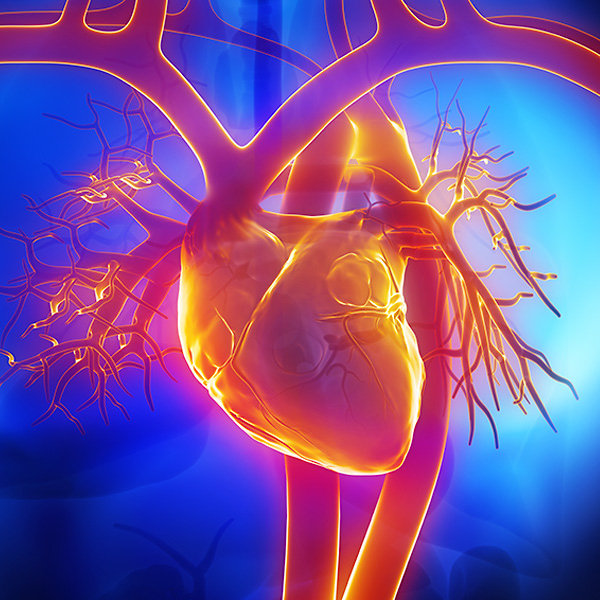Patent Ductus Arteriosus
Overview and Facts about Patent Ductus Arteriosus
Patent ductus arteriosus (PAD) is a condition that occurs when the ductus arteriosus, an opening between two major blood vessels leading out of the heart that is normally open in unborn babies, fails to close shortly after birth.
The severity of this heart condition depends on the size of the opening. Small openings may not cause any symptoms, but large openings can be dangerous. In some cases, the opening allows blood to flow in the wrong direction. Over time, this can weaken the heart muscles and could lead to heart failure.
Signs and Symptoms of Patent Ductus Arteriosus
Small openings often go unnoticed and might not be diagnosed until adulthood, but large openings can cause symptoms of heart failure. They are usually diagnosed during infancy or early childhood.
Symptoms of PAD include:
- Excessive sweating
- Poor appetite
- Easily tiring
- Rapid heart rate
- Rapid breathing
- Shortness of breath
A baby with PAD might not eat enough or might fail to grow properly. Babies with PAD often become tired, breathless or sweaty. These symptoms usually appear as the child eats, plays or cries.
Causes and Risk Factors of Patent Ductus Arteriosus
PAD is a congenital disorder, meaning it is present from birth. The cause of PAD is currently unknown. Certain genes may be a factor; a family history of heart disease might increase a person's likelihood of developing PAD. The condition is also more common in babies with Down syndrome. Female babies are twice as likely to have PAD.
PAD could be caused by exposure to certain substances or diseases while in the womb. A child might be more likely to develop PAD if the mother contracts rubella (German measles) during pregnancy.
Other risk factors may include premature birth or being born at a high altitude. PAD sometimes occurs even when no known risk factors are present.
Tests and Diagnosis of Patent Ductus Arteriosus
A doctor might notice a heart murmur or abnormal rhythm while listening to the patient's heartbeat. Several tests can help confirm the diagnosis, including:
- Electrocardiogram (ECG or EKG)
- Echocardiogram
- Chest X-ray
These tests are painless and noninvasive. They can be safely performed on most infants and small children.
Treatment and Care for Patent Ductus Arteriosus
In some cases, the ductus arteriosus opening closes on its own. If your baby is premature, your doctor might recommend delaying treatment to see whether the condition resolves itself.
If the opening is small and causes no symptoms, your doctor might continue to monitor the condition. This approach is known as watchful waiting. Medical treatment may not be needed.
If the opening is large enough to cause dangerous complications, surgery can help close it. Catheter procedures can also help treat PAD in a full-term baby, older child or adult. In this type of procedure, the doctor uses a catheter to insert a plug or coil into the heart to block the opening.
In some cases, PAD may be linked to other heart conditions or cardiovascular problems. Your doctor can help you evaluate your health risks and treatment options.

Request an Appointment
Loyola Medicine heart and vascular specialists have the experience and technology to treat the most difficult cardiac and vascular conditions. Schedule an appointment today.
Schedule a Telehealth Appointment
